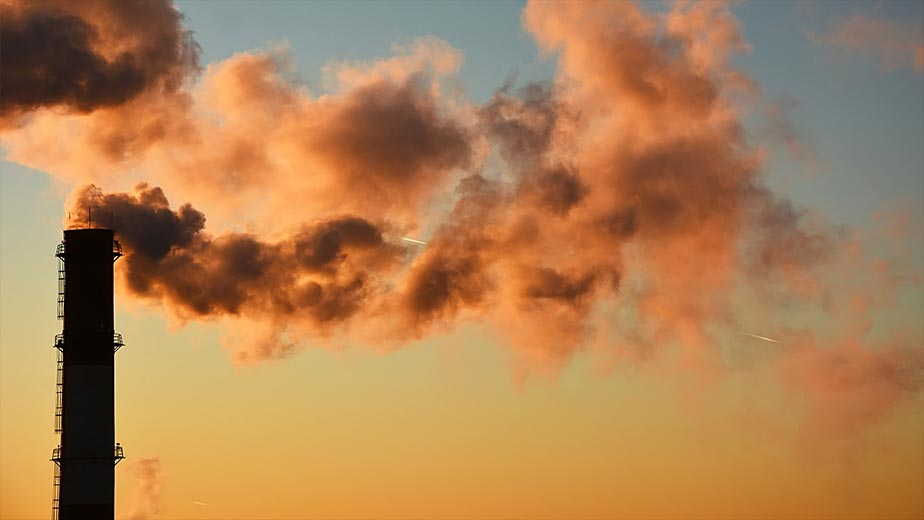According to recent estimates released by the Indian Institute of Technology-Bombay, 6017 people die in Pune every year as a result of air pollution exposure.
For every 10 lakh people in the city, 733 die from diseases such as cancer, heart failure and chronic obstructive pulmonary disease (COPD) caused by pollutants like PM10 (particulate matter 10 micro metres or less in diameter), nitrogen dioxide (NO2) and sulphur dioxide (SO2). This is in addition to the air pollution’s role in the development of respiratory diseases, including acute respiratory infections and chronic obstructive pulmonary diseases. Another 449 deaths in the city (per 10 lakh population) each year attributed to pollution related cardiovascular diseases and 78 deaths from respiratory diseases caused by pollutants, confirm that air pollution is now the city’s largest single environmental health hazard.
The study was recently published by UK-based international journal Cogent Environmental Science which assessed human health risk across 10 cities in Maharashtra including Nagpur, Thane, Aurangabad, Kolhapur, Chandrapur, Mumbai, Solapur, Pune, Nashik and Navi Mumbai. What conjures the majority of pollution-related deaths and diseases is the pollutant PM10. PM 10 consists of very small liquid and solid particles floating in air and are 1/7th of the thickness of a human hair. With a size of less than 10-micron diameter, the pollutant becomes a great threat to public health as it is small enough to be inhaled to the deepest part of the lungs, in turn causing severe respiratory and cardiovascular diseases. Of greatest concern are recent studies that link PM10 exposure to the premature death of people who already suffer from heart and lung disease.
“We found that Mumbai, Chandrapur, Navi Mumbai and Pune (in that order) have the highest annual average number of deaths caused by pollution-related diseases. In addition, cities having the highest annual number of hospital admissions due to respiratory and cardiovascular diseases include Mumbai, Chandrapur, Navi Mumbai, Pune and Solapur“, says Kamal Jyoti Maji, a researcher from the Center for Environmental Science and Engineering (CESE), IIT-B. The study incorporated data of daily average pollution from 10 cities during a period from 2003 to 2014 and the concentration of pollutants such as PM10, S02, and NO2 were taken in consideration.
The concentration of these pollutants were monitored and estimated by the Maharashtra Pollution Control Board (MPCB). Chandra Venkataraman, from the Indian Institute of Technology Bombay, in Mumbai, warns, “Despite proposed emissions control, there is significant growth in the demand for electricity as well as industrial production. “So, through to 2050, this growth overshadows the emissions controls (in our projections) and will lead to an increase in future air pollutant emissions in 2050 in India.” With growing number of industries, vehicles, construction and municipal solid waste burning, air quality in Pune, Nashik and Navi Mumbai has deteriorated throughout the decade. Since the industries are not too far from the city, there seems to be no scope of improvement of air quality in the near future.
The mortality rate due to diseases originating from air pollution was recorded the highest in Pune in 2011 followed by Mumbai in 2006 and Nagpur in 2007. Air pollution related mortality is calculated on the basis of the epidemiological study conducted by the World Health Organization (WHO). AirQ, a software developed by the organization calculates and establishes a relation between morbidity and pollution concentration. It comprehensively examines the linkage between environment and health for any given population. The way forward would be to reduce the source of air pollution, revamping the quality of air by sources which do not lead to the production of PM 10 pollutants, shifting industry to the city outskirts and understanding tools for development of cleaner technologies, technologies which can produce renewable energy or technologies converting trash to energy. These measures stand as a Hobson’s choice for us as health catastrophes arising out of environmental reasons are staring people in the face, in India
